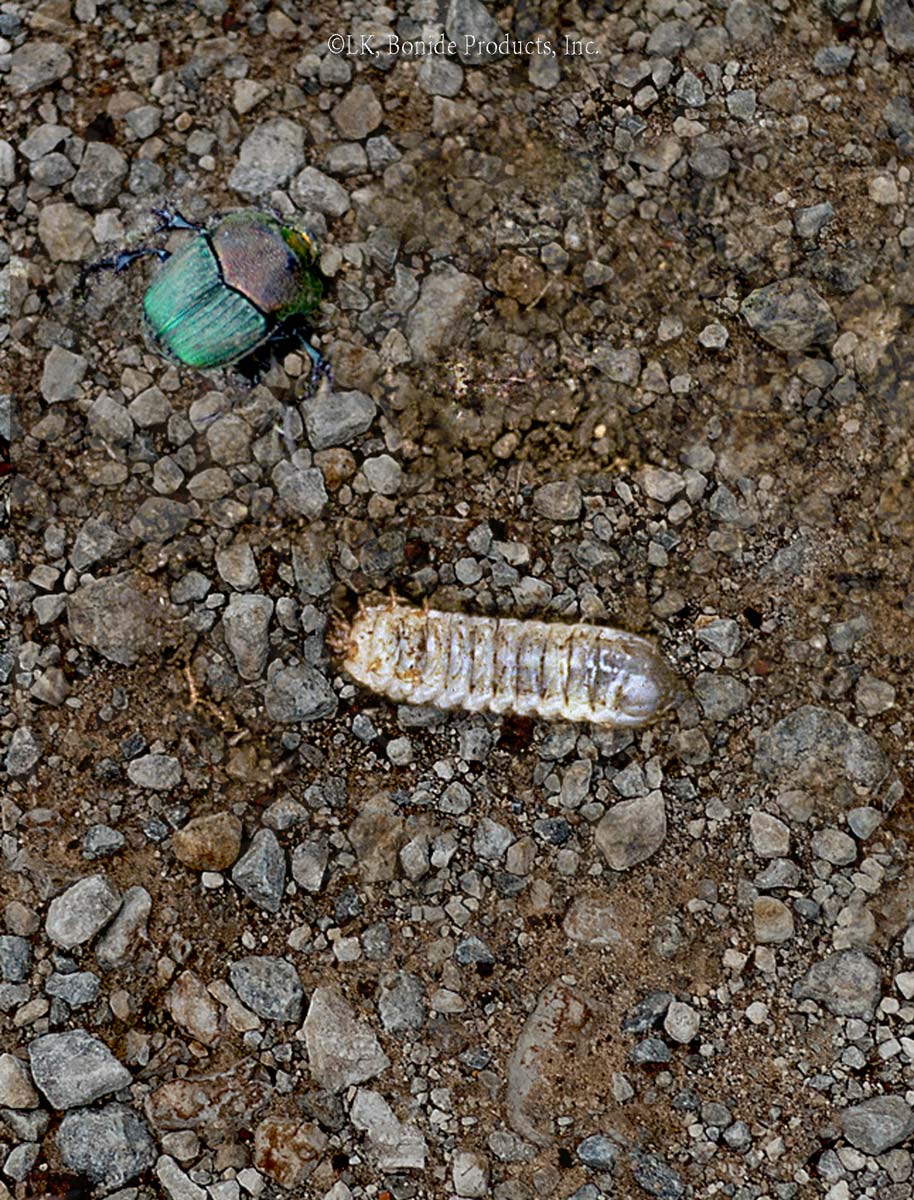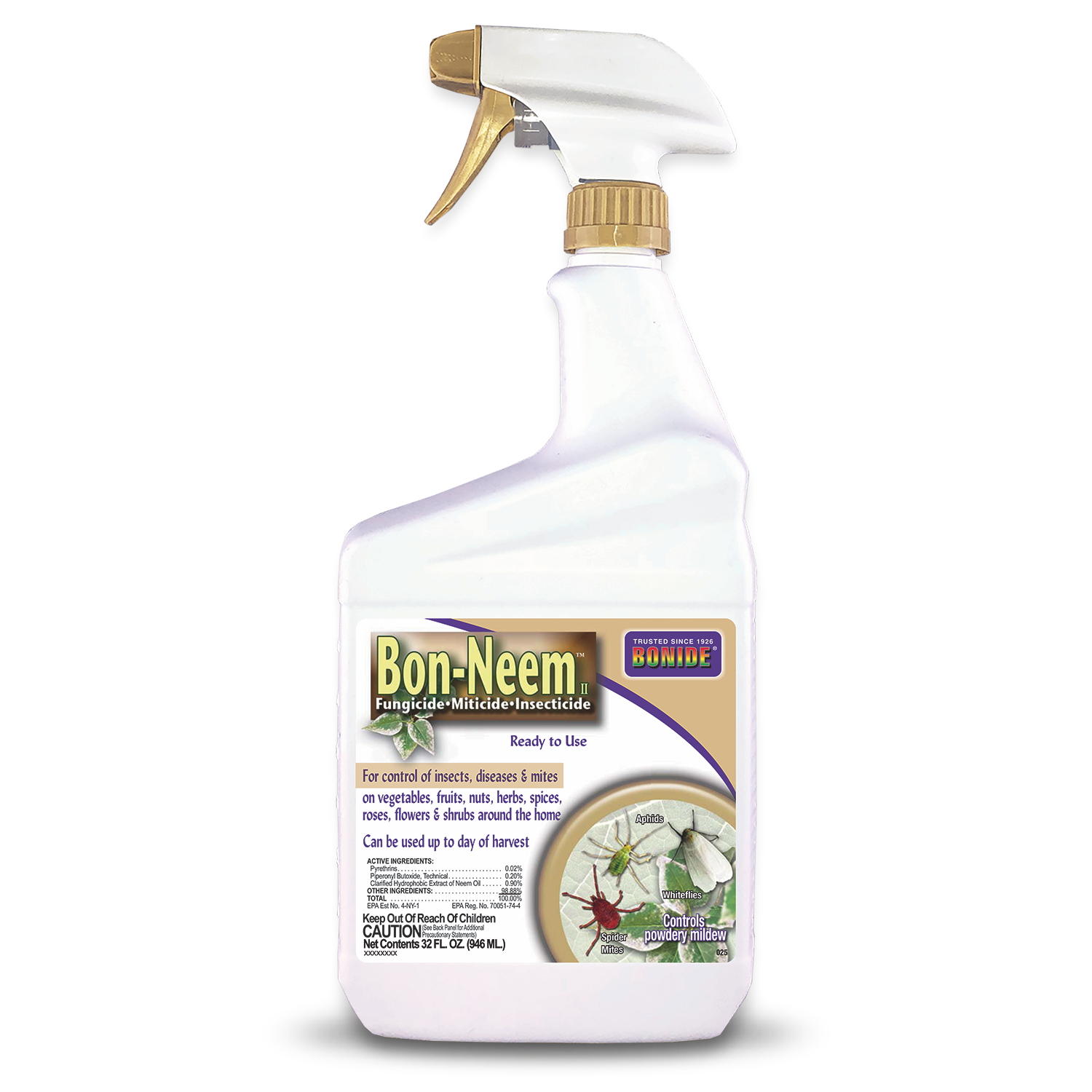
Varying in color and size by the species, this beetle flies after dusk and is attracted to light. The various common names, may beetle, June bug, June beetle, refer to the season when adults are active, but it’s the earlier larval form that should worry gardeners. Also called white grubs, the larvae resemble Japanese beetle grubs in both appearance and in the damage they do. Adults nibble on leaves of shade trees and roses, but their activities seldom cause problems.
Target: Roots of lawn grasses, strawberries, beans, beets, corn, onions, potatoes.
Damage: Roots are eaten; brown patches of lawn roll up.
Life cycle: Adults emerge in late spring and summer, then lay eggs in the soil in late summer. Grubs feed on roots until fall, then burrow deeper to overwinter. They move nearer to the surface in the spring, resume feeding, and then pupate. The cycle can be completed in a single year in warm climates, but in colder regions grubs may overwinter for 2 years then pupate during the third winter.
Notes: June beetle grubs are not susceptible to milky spore disease. If lawns rake right up in the spring it’s a good bet you have grubs.






